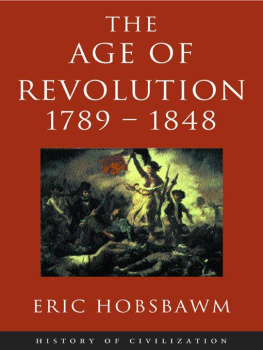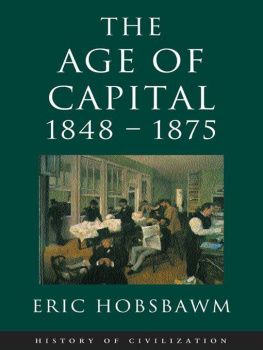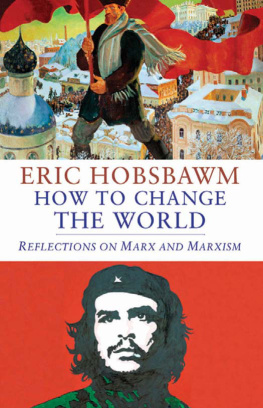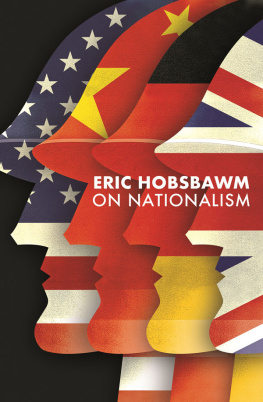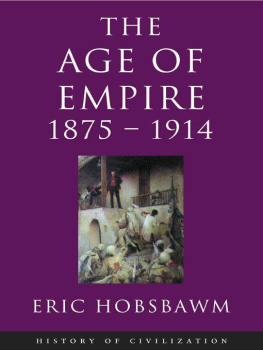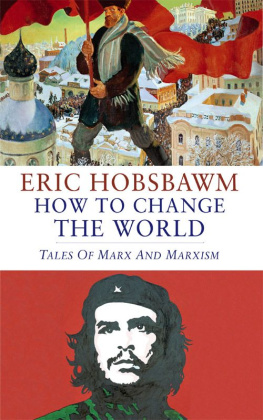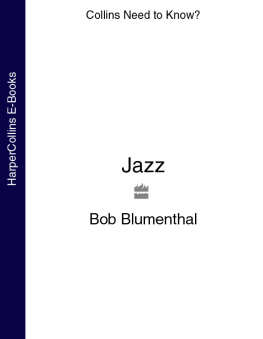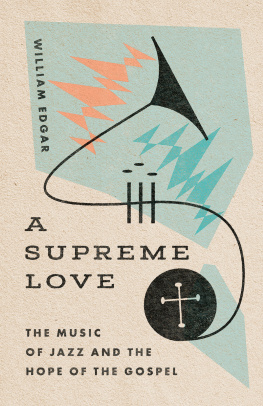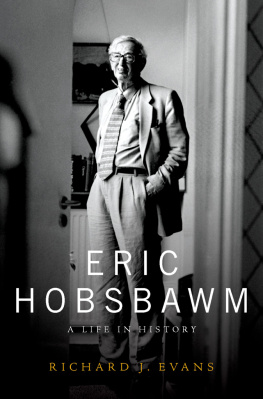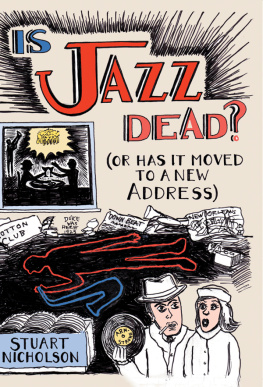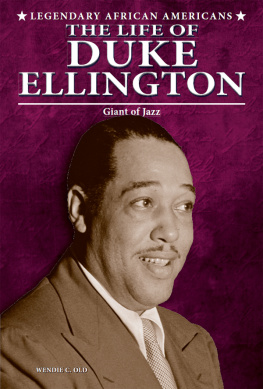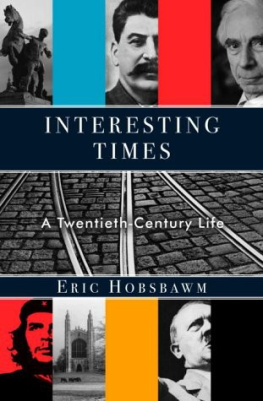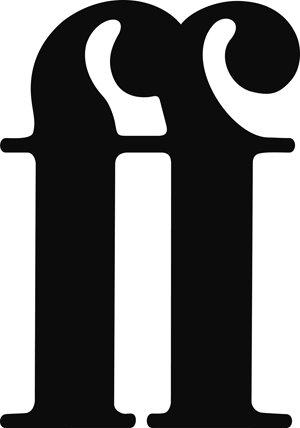I am not an expert as experts go in the world of jazz, which has many, and I could not have written this book without picking many peoples brains. My debt to several important books and publications will be evident. I have, so far as possible, acknowledged it in footnotes, but should like to add a word of appreciation for the now defunct magazine JazzMusic (edited by Max Jones and Albert McCarthy), which cheered us up during the war. My debts to people are too numerous for proper acknowledgement. I would only like to mention two to whom I owe a great deal: Denis Preston, who first introduced me to jazz in 1933 and has continued to stimulate and inform me through the years since; Charles Fox, to whom I owe much of my later education in jazz. Both have read through some chapters in manuscript, but neither they nor anyone else except the author are responsible for the views and mistakes of this book. I am also grateful to the editor and staff of the MelodyMaker, and to the secretary and staff of the National Jazz Federation for giving me access to their respective files and records and for providing me with information, and to the NewStatesman, which has given me the opportunity for keeping in much closer contact with the people of jazz than I would otherwise have done. For the rest, the numerous musicians, critics and journalists, businessmen, fans, and others whom I have at one time or another consulted must forgive me if I give them only collective and anonymous thanks.
E.J.H.
1959
I have taken the opportunity to revise and bring this book up to date for the present edition. I also wish to acknowledge a few more debts. While I cannot thank all those who guided me through the jungle of the American jazz scene, I would like to say how much I owe to Ralph Gleason of the SanFranciscoChronicle for his critical comments on the book and for much else; to John Steiner and Studs Terkel in Chicago; to Bill Randle in Cleveland; and in New York, to John Hammond, Nat Hentoff, Whitney Balliett and Martha Glaser. In spite of their efforts, my errors remain my own.
E.J.H.
1961
I have used the following abbreviations:
tpt - trumpet
clt - clarinet
gtr - guitar
bjo - banjo
dms - drums
bs - bass
acc. - accompanied by
arr. - arranged by
Tb - trombone
sax - saxophone
Ss - soprano sax
As - alto sax
Ts - tenor sax
Bar s - baritone sax
v - vocal by
pno - piano
Certain technical terms are also widely used, and in case I have done so here and there without previously explaining them, I list a few of the most important:
arrangement: a jazz theme with specific orchestration
ballad: a pop song not otherwise defined
beat: the fundamental rhythm of a jazz performance
combo: any (small) jazz orchestra
gig: temporary live job for musicians, e.g. a one-night engagement in a dance-hall; under certain conditions, any job
horn: wind instrument, sometimes any instrument
jamming: improvising; jamsession: occasion when players improvise together
lyric: the words of any song
pop,popmusic: popular entertainment music as typified by the song-hit
rhythmsection: normally composed of dms, bs, gtr, pno
section: coherent group of instruments in a band, e.g. the brass, reeds, rhythm
session: unit of time for recording (e.g. on the next session six sides were cut); more generally, any unit of time in which musicians play several pieces
set: set of pieces played by musicians followed by a rest, or the end of the session
side,track: side of an old 78 rpm record, track of an LP record
sideman: a jazz player who is not a bandleader
sittingin: players who drop into a club and take part in the music (generally unpaid) sit in with the band, or have a blow
For the benefit of those too young to remember the olden days, before 1971 the pound sterling () consisted of 20 shillings (s), each of 12 pennies (d)hence .s.d.the pennies being in turn divided into 4 farthings. There were coins of a farthing, a halfpenny, a penny, threepence, sixpence, a shilling, a florin (2 shillings), and half-a-crown (2/6), and bank notes from 10s upwards. (There was also a purely notional unit of 1/1/0 called guinea, which was a polite upmarket excuse for charging an extra 5 per cent on goods and services worth 1.) The shilling and florin coins were transformed into the present 5p and 10p coins. The decimalized penny was initially equal to 2.4d. Consequently, a single record of 1958 cost, in modern currency, 30p, an LP 1.50. For comparison at about the same time a gallon of petrol averaged 4s 11d (25p), the annual road tax 12/10/0 (12.50) and comprehensive car insurance in London 34/0/0.
Discovering jazz, as the Czech writer and jazz-buff Josef Skvorecky has said, is, for most people, rather like first loveon the whole it is more lastingand it usually happens at much the same time. In the case of the present writer it happened at the age of sixteen, in the year Adolf Hitler took power in Germany. My family had just returned to England after a few years in the movie business in Berlin, and a losing struggle against the slump. My old man brought back a copy of Carl Laemmles biography by John Drinkwater, a forgotten but on this occasion evidently well-paid minor English literary figure, personally signed by Uncle Carland practically no money. Until we could find a suitably cheap apartment, we stayed with relatives in Sydenham, a Victorian white-collar suburb in Southeast London.
My aunt Cissie, living in undefined detachment from Uncle Lou, who was permanently absent pursuing business across the Atlantic, taught school. Her married daughter, also living in the same house, was trying to teach dancing and elocution to the daughters of aspiring mothers in the neighborhood. Her husband was not making a living and was therefore uncommunicative. The one member of our host-family who seemed to be a human being in the full sense of the word was a young man of my own age, my cousin Denis Preston. We had known of one another before, because our familiesthis is the way of familieshad told us to write letters to each other. There had been a half-hearted correspondence between London and Berlin, from which both sides concluded that the other guy was a drip. When we actually met, we were agreeably surprised to find that the other guy was OK. I undoubtedly tried to convert him to communism to which I had been converted while living through the rise of Hitler. He converted me to jazz.
How he had come to jazz I dont know, but in retrospect it is not surprising. He conformed exactly to the type of the 1930s British jazz fan which is sketched in the chapter on the jazz public: the intelligent, self-educated young man from the lower middle classes, preferably a little bohemian. (My cousin had dropped out of high school and was studying to be a viola player.) Jazz, of course, meant exclusively the few 78 rpm records the British companies released every month which had to be sorted out from the larger mass of contemptible dance-band noises to which they were attached. Still, there was by then a small British public for jazz and even a reliable guide to what was good, Spike Hughes in the


